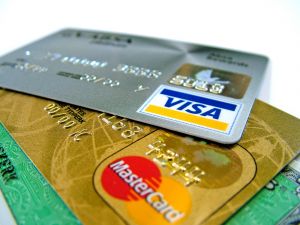Recording Credit Card Transactions
by Michelle
(Port Alberni)

Best Practice For Recording Credit Card Expenses
Can anyone explain to me how a credit card transaction should work within your accounting system?
The card currently has a five figure balance.
What is in the system does not match- not even remotely. So, my question is- when you have entered all charges to card as well as interest- what should the end result be?
What you have paid? Or what the balance of the card is?

Hi Michelle,
The best practice for entering credit card expenses is to create a credit card type of account in QuickBooks naming the account BOM Mastercard or CIBC Visa. You get the idea. However only do this if it is a card used strictly (or mainly) for business.
Enter all transactions into QuickBooks line by line. Do not enter lump sum. Once that is done, reconcile the card to the monthly statement just as you would a bank account/statement. You should have receipts for all transactions entered.
If the credit card expenses are on personal cards (or an even mix of business and personal) then create a credit card type of account called "Owed to Owner". The owner should submit an expense report with receipts attached that you enter. When the owner wishes to be reimbursed and/or the funds are available to reimburse, write a cheque in the owner's name (or have the owner do a direct bank transfer to the owner's personal account) with your offsetting entry to "Owed to Owner".
When the G/L does not match the credit card statements, you have to determine which of the above methods was used. It is possible they were only entering the business expenses and not balancing to anything. And how could they if they weren't entering every transaction!
IF they were only entering business expenses, you need to move to the "Owed to Owner" method.
Comments for Recording Credit Card Transactions
|
||
|
||
|
||
|
||
|
||